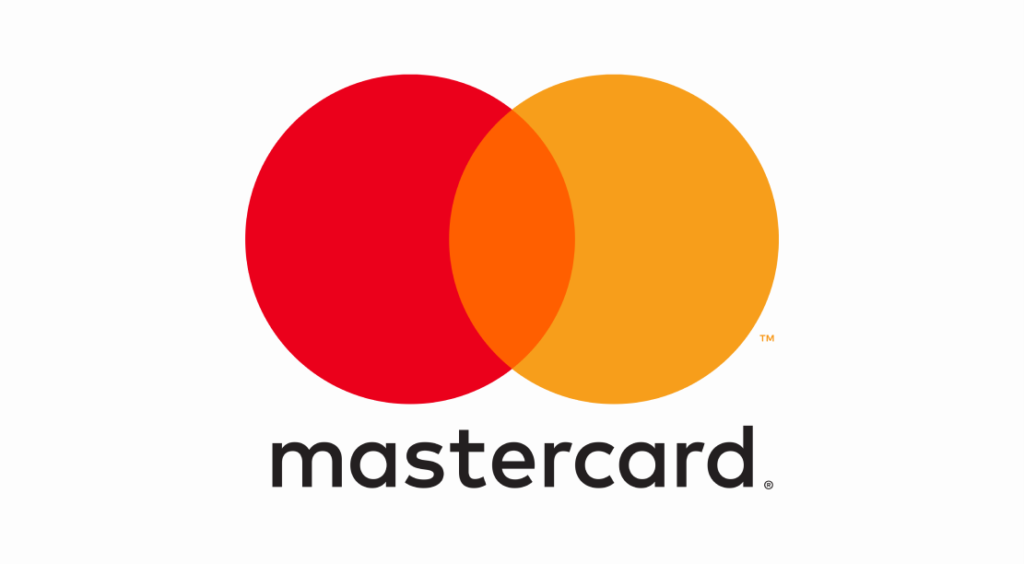7 Expert tips for applying coaching skills
Valuable insights tips for applying coaching skills at work from Tamsin Langrishe, Global Coaching and Transformation Manager at Performance Consultants

Opportunities to Apply Newly Learned Mindset & Skills
Even with a daily reminder, it is easy to miss opportunities to apply a newly learned mindset and skills. In fact, “learning transfer” has been a tricky topic in corporate education for many years.
At Performance Consultants we have been addressing the challenge of applying coaching skills at work ever since Sir John Whitmore founded the company and developed the Coaching for Performance program. So, what have we learned from the classroom about transferring a coaching mindset and skills to the workplace?

Bring the world’s top performance coaches to your organization
Whether it’s cultural development, performance optimization or leadership transformation – Performance Consultants can bring the right coach to you.When a flower doesn’t bloom you fix the environment in which it grows, not the flower
Below are 7 Inspiring and Practical Actions Towards Applying your Coaching Skills
1. Connect to your inspiring goal
Without personal accountability and self-motivation, it is hard to stay committed to apply what you have learned.
Get really clear on how a coaching leadership style will move you closer to the future you want to create. Put a reminder near your desk of your vision and what you want to achieve. When you see it each morning set your intention for the day.
What is the best that could possibly happen if you applied your coaching mindset and skills to all your meetings?
2. Build a support network
If you leave one of our workshops and return to an environment where the culture does not support a coaching style, it can feel odd at first to apply your new skills.
Identify a buddy from your training group, an influential person in your workplace and others who you can share your successes and challenges with and who will hold you accountable for change.
3. Use the GROW model
It is simple, effective and versatile. The GROW model is a goal-setting and problem-solving framework which is leveraged by industry-leading businesses globally.
Even at the most basic level, following the GROW model and asking powerful questions and actively listening will make a big difference to your impact as a leader.
You can find out more about how to use this framework with GROW Digital™.
4. Educate those around you
If you go back to your organization and start behaving very differently – which you will if you are applying a coaching leadership style – your peers and reports might wonder why you are not acting “normally”.
It is important to explain your change and what you are trying to achieve. Sharing your goal will inspire and encourage others to support you and hold you accountable.
5. Trust in the long-term benefits
One of the biggest challenges for managers using coaching for the first time, is to overcome the assumption that it is time-consuming.
Perhaps that is the case at first but the more that individuals and teams are empowered, the greater their capability and confidence grows. This unlocking of potential will leave you with the headspace to do what leaders do best – planning, strategy and vision.
6. Maintain a beginner’s mindset
When you are new to something, you accept failure and this is core to the learning process.
Someone who is inexperienced but who knows enough to recognize their mistakes can become frustrated with themselves. Remember the importance of an open mind and that there’s no such thing as perfection in coaching. We all have things to learn even those who have been coaching for 20 years!
7. Refresh learning where possible
I have been on the Level 1 Coaching for Performance programme more than once. In fact, employees at Performance Consultants are actively encouraged to attend multiple times. The reason for this is that every time I gain a new insight or become aware of something else about my coaching style. A refresh or reset is advisable to embed mindsets and skills over the long term.
I hope these tips and reflections on applying coaching skills at work are useful. We would love to hear from you on our social media channels if you have anything to add on how to apply coaching in the workplace. We are all on a learning journey after all!
Let’s have a conversation
If you want to chat to us about one of our in-person or online coaching skills programmes let us know and get in touch here.

Take a refresher on coaching skills, or bring them to your entire organization
GROW Digital™ is our innovative digital learning experience with a curriculum curated to bring GROW learnings to organizations at scale
Enjoyed the read? Why stop here?
Immerse yourself into our engaging, insightful and breaking articles written by our expert team on the current world of work, culture and performance.Increase employee engagement with “Change Readiness”.
The saying goes that there are only two things we can be certain of – death and taxes. We now know that we can add a third – change! Right now, that’s organizational change.
Written by Collette Murray, Head of Consulting at Performance Consultants.

Organizations are in constant flux –
Be it changes in staff (up or down), introducing new ways of working, implementing different systems, moving into new geographic or product markets.
So why is it that, according to a survey conducted in 2022 by Gartner, just 43% of employees are willing to support organizational change compared to 74% in 2016?
Why “Change Readiness” Matters for Engaging Your Workforce
Organizations must adapt and grow, or they will flounder and fail, which means that change is already built into the systemic expectations of the organization. However, this expectation is most often held at the leadership level rather than being shared across the whole organization.
An employee who has been with an organization for any amount of time will have experienced a number of changes, we’ve all been there! Without the support of the people who are impacted, change won’t happen effectively, it won’t “stick”, old ways of working will creep back in, people will be unhappy and discombobulated, and overall performance will suffer.
So, what can organizations do to prepare their teams for change, gain their support, and maintain high performance?
Teamwork; beyond splitting the bill
Mastercard tasked us to deliver a global program to galvanize their worldwide employee engagement and pre-empt a “Change Ready” culture.

The mission
Financial services conglomerate, Mastercard, asked Performance Consultants to design and deliver a global-scale program to ignite a step-change in employee engagement, cultivate a feedback-forward culture, and bolster “Change Readiness”.

The process
We developed a bespoke program to bolster the Mastercard remit of “competing to win”, allowing their leadership to fully incorporate engagement-oriented skills and behaviors into their management style.

The outcome
Post-program Employee Engagement Surveys were indicative of an exponential leap in across-the-board engagement. Furthermore, after completion of the program; Mastercard was externally recognized as one of the best companies to work for by Forbes.
Navigating Organizational Change
There are four things that leadership teams can focus on to embed change readiness into their organization, which will regain the support of their employees for their change initiatives:
Invest in leadership development
The role of the manager in experiencing change and having to manage their teams through the change is a double whammy. Most people are promoted based on their technical expertise and their ability to reach performance goals consistently. However, once they are in the position of being a manager or team leader, they realise they have little opportunity to use their technical skills and are more likely to spend their time co-ordinating projects, setting performance goals with others and navigating “office politics”.
Research shows that technical experts make great leaders because they understand the nuances of the job, can challenge their teams’ thinking and stretch them based on their own experience. Research also shows that there is a need to support these technical experts in developing their leadership skills. These are often referred to as “soft skills” yet can be the hardest to learn. They tend to be intangible, such as communication, listening and engaging (all the skills associated with a coaching style of leadership). These skills are fundamental in helping managers navigate the nuances of their new challenges, which include supporting their teams through change.
Find out how we increased employee engagement with Mastercard by creating an interactive training programme focused on coaching and leadership that equipped their global managers with the skills to develop a coaching management style.
Free up capacity
When we’re doing something different or differently, it can slow us down as we need more headspace to think it through. When was the last time you had to take a different route to work? It probably felt awkward, you had to think about where you were going, and you couldn’t rely on your experience or “muscle memory”. The most frequent feedback we get from our clients is that they’re too busy, and when people are constantly overwhelmed with being “busy”, they’ll have less capacity to be able to take on change.
Creating capacity in the system can mean prioritising change over day-jobs or hiring temporary cover, bringing in change experts to support, or expanding the implementation timeline. Whatever it looks like for your organization, freeing up capacity will enable your people to prepare for and sustain change.
Role model
This is particularly important when we’re talking about behaviour change. In organizations, the leaders set the tone for everybody else. A recent poll by Gallup uncovered that a 70% variance in employee engagement is a result of management and leadership, indicating the importance of their behaviour. John Kotter has written extensively about why change efforts fail, and two of the factors he takes into consideration are having a “guiding coalition” and a “compelling vision”.
When change is announced, employees look to the leaders for… well, leadership! If they can be relied upon to consistently talk about and role model what is expected from the change then employees are more likely to trust them and go with it. So, if organizations expect to see a different style of behaviour, then the leaders must embody that change, and as Ghandi said “be the change you want to see in the world!”
Create a network of change agents
People generally want to know what’s actually going to be different for them, i.e. how they will be impacted by change. A network of change agents can quickly disseminate information across the organization about what, who and when. If the change isn’t going to affect everyone in the same way or at the same time, this network, embedded across different departments or areas, can be clear about that. They won’t treat the whole organization as a homogenous group and can help to prioritise and communicate accordingly.
Rather than combatting change fatigue, embedding agility and adaptability (change readiness) in the system means that change is the norm, a steady state isn’t expected and people can flex more easily.
Contact us for a no obligations conversation about how we can support your organizational change and embed change readiness in your organization.


